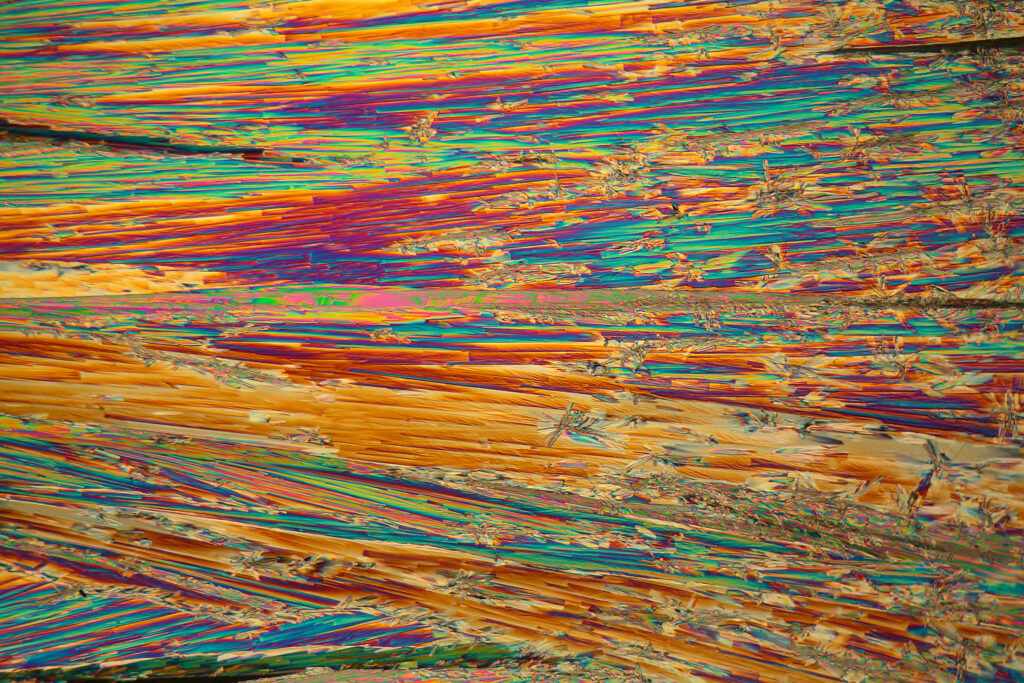Learn All About Rare Earth Elements
Rare Earth Elements
Seventeen metallic elements that only exist in other minerals.
Seventeen metallic elements that only exist in other minerals.

The rare earth elements (REEs) are a set of 17 metallic elements. They include the 15 lanthanides grouped together on the periodic table of the elements, plus scandium and yttrium. In nature, REEs do not exist individually, like gold or copper metals often do, but instead occur in minerals as either minor or major constituents, primarily in bastnaesite, monazite, loparite, and lateritic ion-absorption clays. REEs are categorized as either light—those with the lowest atomic numbers—or heavy, which have higher atomic numbers and are less common and more expensive.
REEs are not as rare as their name implies. They were deemed rare during the 18th and 19th centuries because they were relatively rare compared to other “earths” (materials that could not be changed further by heat), such as lime and magnesia. Thulium and lutetium are the two least abundant REEs, yet they are still 200 times more abundant in the Earth’s crust than gold. The most abundant REEs are cerium—which is as abundant as copper—and yttrium, lanthanum, and neodymium, which are similar in abundance to commonly used metals such as chromium, nickel, zinc, molybdenum, tin, tungsten, and lead. However, it is highly unusual to find REEs in concentrations high enough for economical extraction, which makes them rare in terms of their availability.
Refining involves physical separation of an REE from its host ore by various chemical techniques, sometimes involving thousands of steps. Each REE and its respective ore is different and requires different chemical techniques for refining (depending on melting point and vapor pressure, and other physical properties of the element). This intensive processing comes at a huge cost, raising the price of the element substantially.
The demand for rare earth elements saw its first explosion in the mid-1960s, as the first color television sets used europium to produce color images. Demand for REEs then rose steadily with technological advancements in defense, aviation, industrial, and consumer electronics products. Today, and for the foreseeable future, clean energy, advanced medical technologies, and defense applications promise to accelerate demand markedly.
Promising new research holds the potential to extract REEs and critical minerals from waste materials such as acid mine drainage, waste coal, heavy mineral sands tailings, fly ash from power plants, e-waste, and slag from steelmaking – while simultaneously cleaning up the environment.








Wait there’s more! Click below to learn about the rest of our essential minerals.